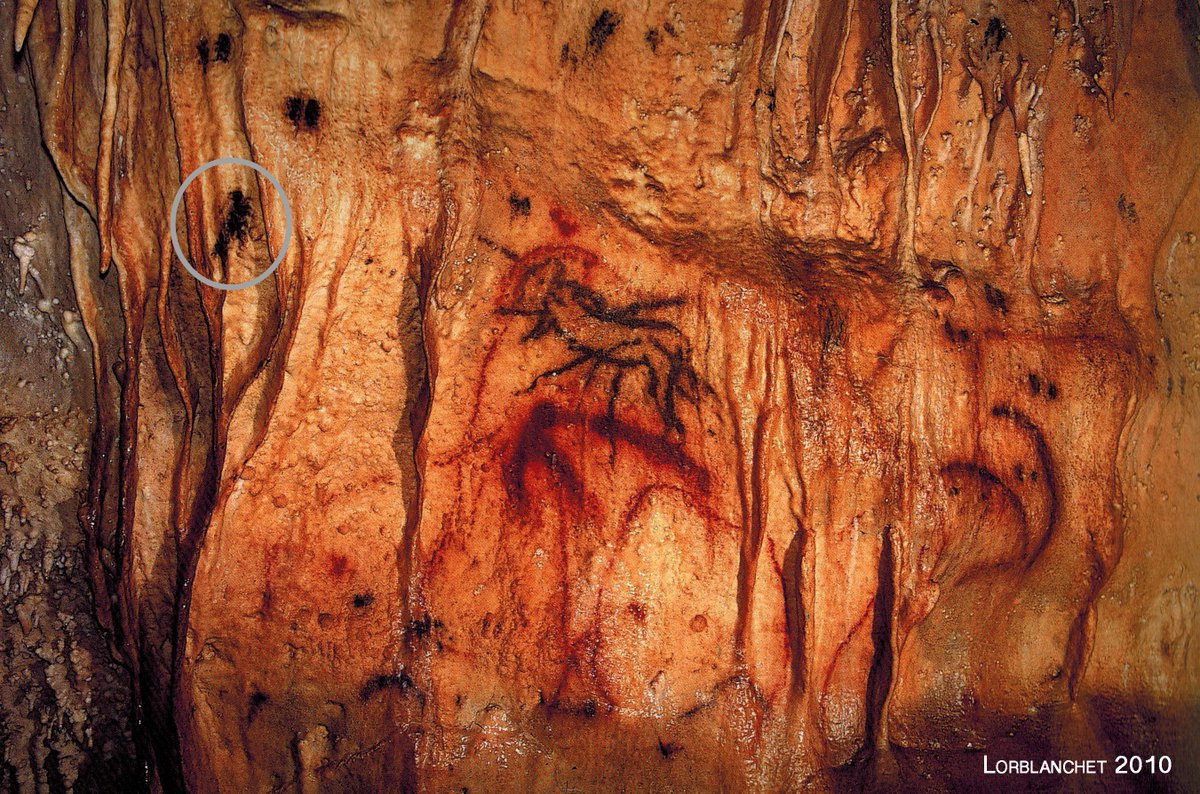
Good afternoon everyone! 👋🏽
On our fourth day of excavation in the Cueva de Chufín, the media echoes our investigations! 😱🗣 Fact that will help more public to know our project.
We leave you the links below in case you want to take a look 👇🏽
eldiarioalerta.com/articulo/agenc…
On our fourth day of excavation in the Cueva de Chufín, the media echoes our investigations! 😱🗣 Fact that will help more public to know our project.
We leave you the links below in case you want to take a look 👇🏽
eldiarioalerta.com/articulo/agenc…
• • •
Missing some Tweet in this thread? You can try to
force a refresh



















